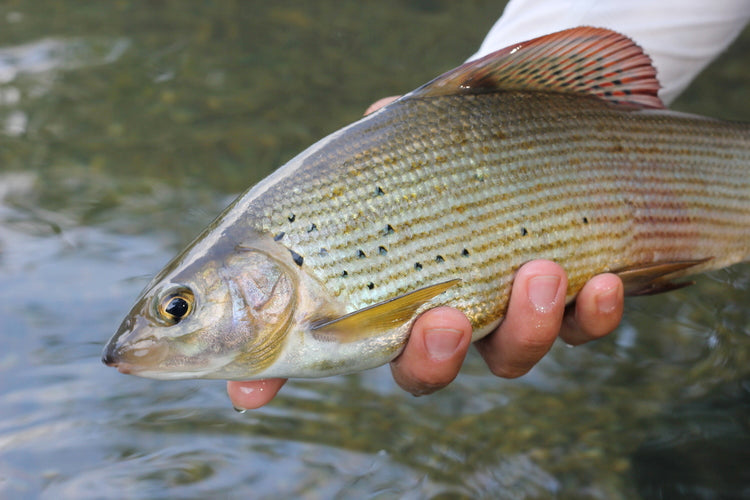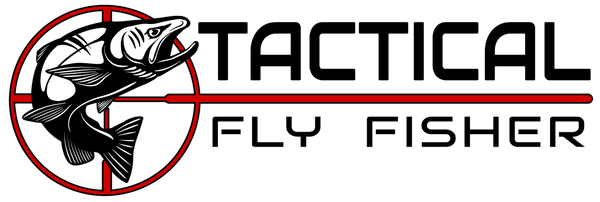
THE PLIVA PERDIGON (P SQUARED) FLY TYING TUTORIAL
Share
For this tutorial post, I have teamed up with Gilbert Rowley over at Capture Adventure Media.
In my second post about last year's World Fly Fishing Championships in Bosnia, I mentioned a fly I call the Pliva Perdigon (P squared for short). It is another installment, in the perdigon style of Spanish nymphs which are so incredibly popular in Europe right now; similar to the Butano nymph I shared a few tutorials ago. Whereas the Butano is a bling laden attractor style perdigon, the Pliva Perdigon is more imitative in nature. The colors can be matched to any local mayfly species you encounter by changing the thread colors. As I mention in the video, the fly can also be tied with or without a thread hotspot as desired.
Shortly into our first day of practice in Bosnia, I was fishing out in the middle of some heavy water on the Pliva. Renato quickly called my mistake and pointed me toward a few grayling which he had spotted in softer water. While I was used to West Coast rainbows that liked to hang in heavy water, the fish in the Pliva stuck mostly to softer water given the constant 47 degree Fahrenheit environment they live in. After positioning myself to target the grayling Renato showed me, I caught one fairly quickly on whatever nymph I had on at the time, which I can't recall now. However, these grayling were not the easiest fish I've had the pleasure of casting to and I failed to convince any others they needed to eat my fly for a while after the first. While my teammate Josh Graffam stood watching, because his waders and fishing gear were on a plane somewhere in the vast ether of lost airline luggage, Renato handed me a Pliva Perdigon. I immediately liked the look of the fly, and several casts in I had my second grayling seen below with Josh doing a fine job of hand modeling.
As we moved from river to river over the next few days, the Pliva Perdigon (and several other color variations) made regular connections with trout and grayling on the Sanica, Sana, Ribnik, and Pliva rivers. It became one of several confidence nymphs for me and made it into my arsenal for the championship, where it scored well on the Pliva and Sana for me. Because of its shape and lack of friction-causing appendages, it sinks exceptionally fast and can attain depth easily, especially when combined with small tippet. I hope you will find your own success with the pattern and not hesitate to tweak it to your local bugs and needs.
Tying note: After tying and fishing a lot of perdigon nymphs recently, I have slightly altered my resin procedure, which you will see in the video. I like to apply an initial coat of Loon UV resin to cover the fly in a nice layer of resin that doesn't require several coats to achieve. However, if left alone the resin can become slightly cloudy over time when exposed to air and condensation in a fly box. Applying a quick coat of hard as hull over the cured resin solves the issue beautifully and results in a hard, glossy finish that is also very durable.
Tying Recipe with purchasing links below. Keep scrolling for the tools used:
- Hook: Hanak 230, Dohiku 302, Dohiku 303, Fasna F-415, Fasna F-444, Orientsun 7224
- Bead: Copper Tactical Fly Fisher Inverting or Slotted Tungsten bead
- Additional weight: 0.015" lead wire
- Tail: TFF Coq de leon or Fasna Coq de leon
- Body: Olive Veevus body quill
- Rib: Chartreuse Veevus 140D Power Thread
- Wingcase: UV Craft Resin Black
- Hotspot: Fl. Orange Veevus 16/0 Thread
- Resin: Solarez Bone Dry or UV Craft Clear
Note: If using Solarez or UV Craft, no Hard as Hull finishing coat is required.
Tools:

